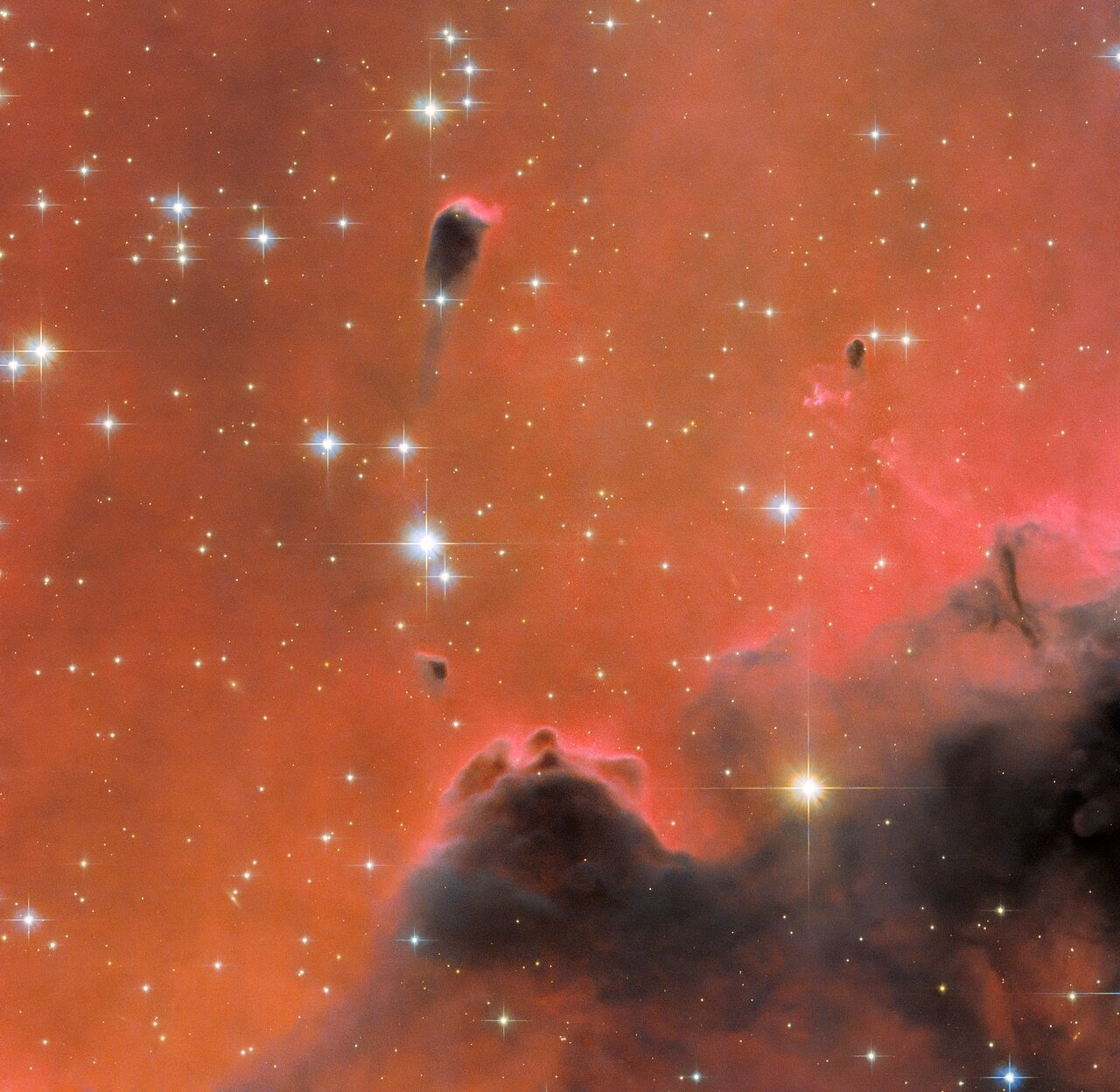The new photo obtained thanks to the Hubble Space Telescope reveals the beauty of space, where we can admire the incredible skill of nature to create magical objects. This image reflects the nebula LBN 667 (S2-199) in the constellation Cassiopeia in all its magnificent beauty, just at a time when nature in the Northern Hemisphere is preparing for its transformation into autumn’s fiery colors. This giant object is surrounded by a mysterious aura and hides infinitely many secrets.

The name of this nebula is Westerhout 5, or as it is also called the Soul Nebula. This is an emission nebula, which means that its remarkable colors and shapes are created thanks to gas that has been ionized by the light of bright and hot stars. When very massive stars are born, they release powerful streams of radiation known as stellar winds. These winds blow out neighboring matter, preventing other stars from developing in the immediate vicinity. This leads to the creation of cavities in the nebula. Between these cavities, the gas thickens, creating conditions for the birth of new stars. Such a life cycle of stars is an inexhaustible source of cosmic wonders, and by studying them, we continue to learn everything new about the Universe.

One of the most interesting features of this photo is the dark area that stands out at the top in the middle. This area is known as a free-floating evaporating gas ball, or frEGG. This dense pocket of gas is more resistant to radiation ionizing the gas around it, and forms a kind of “egg” from which new stars can arise. This process is known as EGG and has already been studied thanks to the incomparable Hubble telescope. The most famous example of this is a picture of the Pillars of Creation taken by the same telescope, where these pockets of gas are visible, which resemble irregularities on the pillars of the nebula.
Over time, these pockets of gas can incubate new stars as the density of the surrounding space increases and they become hotter, which creates ideal conditions for the embryos of stars that will be born inside these cosmic eggs. Every detail of this image is a window to the incredible processes that take place in a distant space. We were only lucky to observe this miracle thanks to a wonderful combination of science and technology.
According to digitaltrends.com
Follow us on Twitter to get the most interesting space news in time
https://twitter.com/ust_magazine
